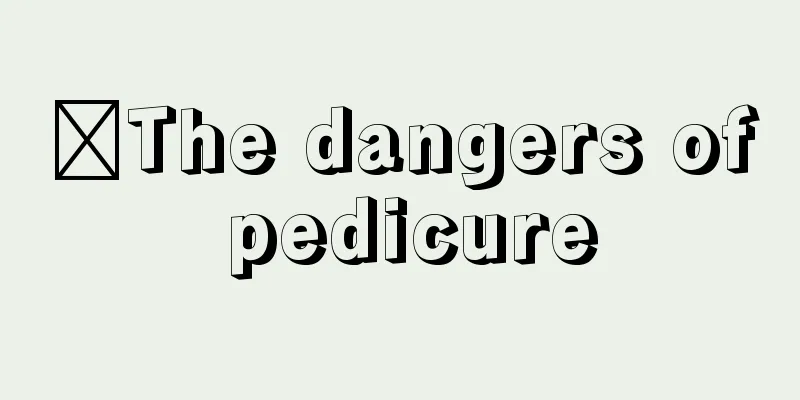Aftereffects of eyelash transplantation

|
Plastic surgery is very advanced nowadays. Many girls' eyelashes are not as long and curled as they want, but they find it troublesome to brush their eyelashes when putting on makeup every day, so they choose to get eyelash transplants. Although eyelash transplantation is very safe in plastic surgery, there are still some sequelae or dangers. Such as allergies to eyelash adhesive glue, inverted eyelashes, eyelash loss, folliculitis, etc., which will cause eye discomfort, red spots and even tears. Hazard 1: Allergic reaction When growing eyelashes, adhesive glue is needed, but many people's skin is allergic to glue, and small red spots, erythema or tears will appear. This is common sense for growing eyelashes, so before growing eyelashes, you must conduct a skin allergy test to make sure you are not allergic before doing anything. Harm 2: The phenomenon of long inverted eyelashes After eyelash transplantation, the initial effect will be very good, but over time, the eyelashes will grow into the eyes and grow into inverted eyelashes. Ingrown eyelashes can make your eyes feel very uncomfortable, like they are prickling, causing you to shed tears easily, and may even develop into inflammation in the later stages. Hazard 3: Eyelash loss Many beauty salons use low-quality glue and eyelashes to grow eyelashes, which look good at the time, but over time, you will find that the grown eyelashes will fall off like false eyelashes, making your eyes look bare. This is usually caused by low-quality glue and eyelashes. Hazard 4: Inflammation of hair follicles When transplanting eyebrows, if it is not handled properly and the false eyelashes are pasted to the follicles of the real eyelashes, the glue will penetrate into the follicles, block the pores of the follicles, cause inflammation, and even pus discharge. What are the side effects of lower eyelash transplantation? 1. After the operation, the skin will have swollen ingrown hair and foreign body reaction. The cause is that the useless hair follicles are not removed cleanly during the preparation of the hair embryo, causing the hair to forcibly grow into the subcutaneous tissue and stimulate the formation of a foreign body reaction. The important thing is prevention. 2. Itching may occur after the operation, but it is normal and will disappear on its own in a short time. 3. Hair loss caused by surgical errors after this operation is also called terminal alopecia. 4. After the operation, ensure the cleanliness of the surgical site to prevent infection. If there is blood scab or secretion on the wound, wipe it with sterile saline. |
<<: Sequelae of pacemaker implantation
>>: Is it better for newborns to use diapers or wet diapers in summer
Recommend
What is the breathing method for anaerobic exercise?
Many fitness enthusiasts ignore the importance of...
The treatment methods of liver cancer play a certain role in liver cancer
Most people develop liver cancer without knowing ...
Abnormal acidic urine
Abnormal aciduria is closely related to alkali po...
What are the feeding guidelines for three-month-old babies?
For a three-month-old baby, the main nutrition co...
Will early kidney cancer recur?
Early-stage kidney cancer does have the possibili...
The personality of a person who loves to be late
Work and study are an indispensable part of peopl...
Sequelae of ozone injection in knee joint
Nowadays, the elderly all have rheumatic diseases...
Can hemorrhoids heal naturally?
Many people think that hemorrhoids are not very s...
What are the staging criteria for breast cancer?
Breast cancer is divided into four stages. Stage ...
Do you know what are the early symptoms of laryngeal cancer?
Depending on the type of laryngeal cancer, the on...
What is a gingival cyst?
We should protect our teeth well in our daily lif...
What's the matter with itchy bumps on my body
Generally speaking, if pimples appear on our body...
Where to start preventing liver cancer? You should eat more of these to stay away from liver cancer
As our quality of life improves, our dietary stru...
How to quickly reduce swelling in eyes
Eyes are windows to the soul. Many female friends...
What should I do if clothes become longer the more I wash them?
Washing clothes is a necessary activity in life b...









